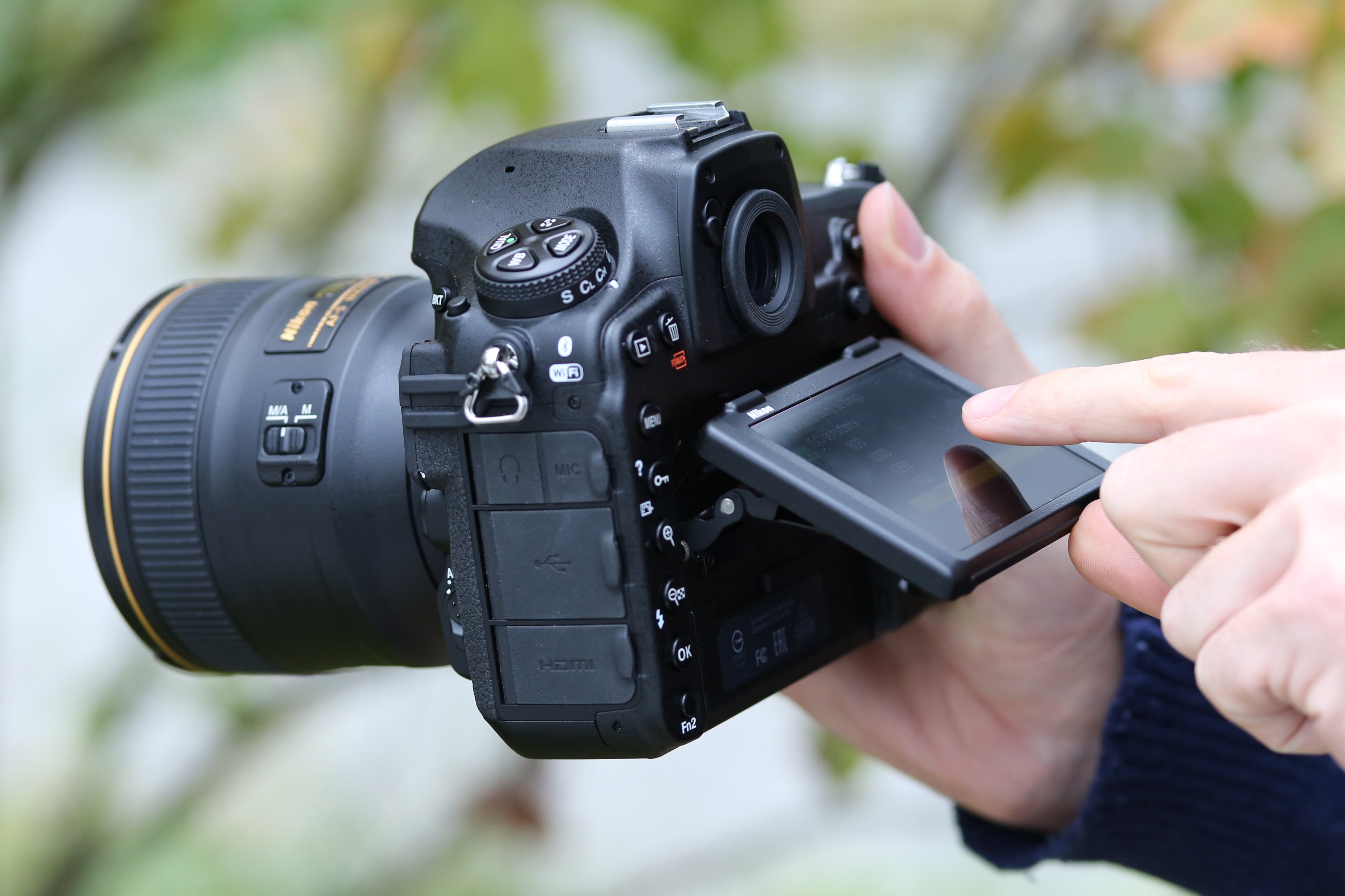How Does DSLR Camera Differ from Point and Shoot Cameras?
Professional photographers often ponder the pivotal question: how does DSLR camera differ from point and shoot? This query isn't just a matter of semantics; understanding the nuances between these two types of cameras can significantly elevate ones craft. In this article, we'll dive deep into the world of DSLRs and point-and-shoot cameras, highlighting key differences, their unique capabilities, and why these distinctions matter.

Understanding the Basics
What is a DSLR Camera?
A DSLR, or Digital Single-Lens Reflex camera, is a staple in the toolkit of professional photographers. These cameras combine the optics and mechanics of a single-lens reflex camera with a digital imaging sensor, offering unparalleled control over photographic elements.
What is a Point and Shoot Camera?
Point and shoot cameras, as the name suggests, are designed for simplicity. They are typically used by casual photographers and offer automated settings, making them hassle-free for capturing moments without any manual adjustments.

Key Differences Between DSLR and Point and Shoot Cameras
Image Quality and Sensor Size
One of the most apparent differences between DSLRs and point-and-shoot cameras is image quality. DSLRs boast larger sensors, resulting in higher resolution images with better detail and dynamic range. On the other hand, point and shoot cameras usually have smaller sensors, which translates to lower image quality.
Manual Control and Customization
For professional photographers, another critical difference is the level of manual control. DSLRs offer extensive manual customization, allowing photographers to adjust settings like shutter speed, aperture, and ISO. In contrast, point and shoot cameras largely automate these processes, reducing the photographer's control over the final image.

Why Professional Photographers Prefer DSLRs
Lens Variety and Quality
One standout feature of DSLRs is their interchangeable lenses. From wide-angle to telephoto, the variety of lenses available offers unparalleled flexibility and creativity in framing shots. Point and shoot cameras, with their fixed lenses, simply cant compete.
Superior Autofocus Mechanism
DSLRs come equipped with advanced autofocus systems, crucial for capturing fast-moving subjects with precision. Point and shoot cameras, while sufficient for basic needs, often fall short in high-speed scenarios.

Practical Scenarios: When to Use Which Camera
Event Photography
In event photography, where conditions frequently change, the adaptability of a DSLR is invaluable. The ability to switch lenses and quickly adjust settings ensures you dont miss critical moments.
Travel Photography
For those who seek convenience while traveling, a point and shoot camera can be quite handy. Its compact size and automated features make it perfect for casual photography.
Conclusion
When assessing how does DSLR camera differ from point and shoot, it becomes clear that each has its own advantages and use cases. For professional photographers, the choice often leans towards the DSLR due to its superior image quality, manual control, and flexibility. However, point and shoot cameras still hold value for casual, everyday photography where simplicity and portability are key.
For further details on using your DSLR camera, visit the Digital Photography School.
FAQs
Which camera is best for beginners?
For beginners, point and shoot cameras are often recommended due to their simplicity and ease of use.
Can point and shoot cameras shoot manual?
Most point and shoot cameras offer limited manual settings; however, they do not provide the extensive control available in DSLRs.
What are the major cons of DSLRs?
The major downsides of DSLRs include their size, weight, and complexity, which can be daunting for new photographers.
Is maintenance of DSLRs difficult?
Maintaining a DSLR requires regular cleaning and proper care of the lenses, which can be more demanding compared to point and shoot cameras.
How does lens variety impact shooting?
With DSLRs, interchangeable lenses allow for a wide range of photography styles and scenarios, from macro to astrophotography.
As an Amazon Associate, I earn from qualifying purchases.

